
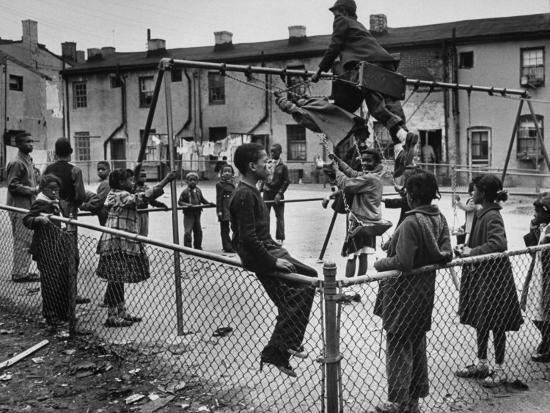
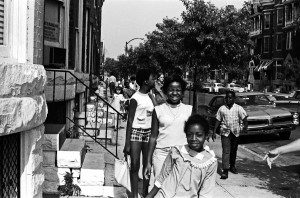
During the 1970s, racial tensions between minorities and whites were high as the fight for Civil rights and equal economic opportunity increased. African Americans were stricken to impoverished areas. Suburban neighborhoods primarily catered to white families. Many black families/people resided in the inner-city areas. Suffering from disproportionate unemployment rates, social discrimination, and judicial discrimination. Music was a way for black people to express themselves and escape the constant racism/ discrimination.

In the 1970s early hip emerged from the poverty-stricken areas of South Bronx, New York. Due to DJ Kool Herc and others, deejaying, emceeing, and street parties. Street gangs were common in South Bronx graffiti, b-boying, and rapping were aspects of street gang competitions. (being the best) Toward the late 1970s, Hip-Hop began to gain “mainstream” recognition. The culture (music, style, and artistry) because nationally known. Popular magazines (Billboard Magazine) published articles on the movement and its artistry.
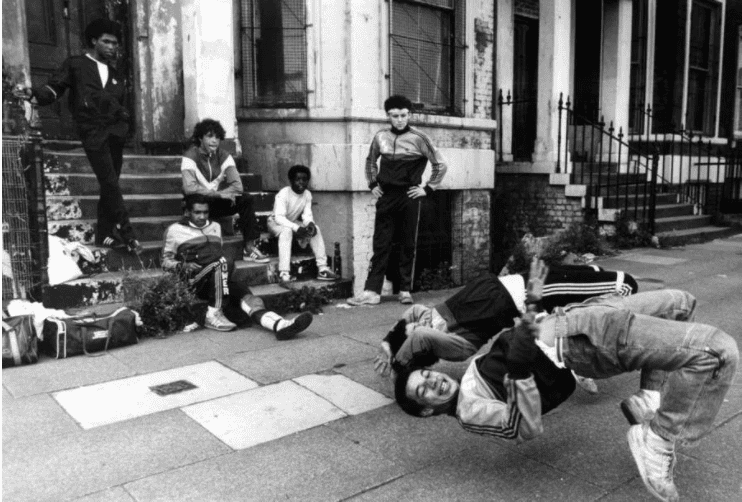

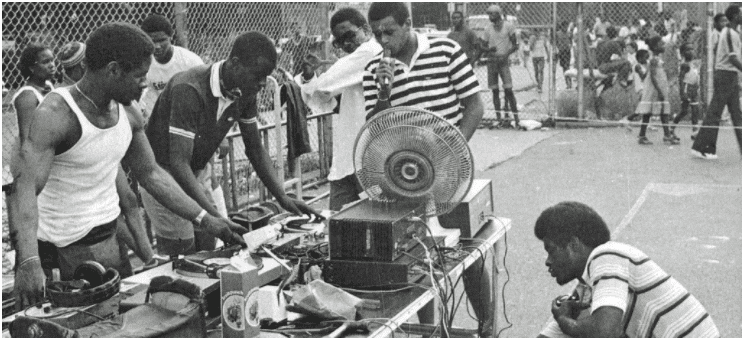
Early Hip Hop was the majority adapted by the inner-city youth. It was a way for young black citizens to express themselves and deal with the hardships of their lives. The majority of Early Hip Hop artists made feel good jammin’ songs that made people get up and dance. This gave black inner-city youth an outlet to escape the realities of being black in America. (poverty, gang violence, racism, discrimination) It resonated with inner-city black youth and the whole black community. In a way, early hip-hop was the starting point of spreading awareness about black realities through music. As mentioned before, the establishment of early hip hop helped reduce some violence in the Bronx. Breakdancing, b-boying, and MCing were sometimes used to settle disputes. Early Hip-Hop continued to grow, influencing artists like Public Enemy, LL Cool J, and Eazy-E.
“In the Beginning: Hip Hop’s Early Influences.” OUPblog, 21 July 2015, blog.oup.com/2006/08/in_the_beginnin/.
“Hip Hop History: From the Streets to the Mainstream: Icon Collective.” Icon Collective College of Music, 26 Nov. 2019, iconcollective.edu/hip-hop-history/.
Vibes, Atl. “ATL Vibes The History of Hip-Hop in the 1970s.” ATL Vibes, 22 Aug. 2019, atlvibes.com/2019/08/19/the-history-of-hip-hop-in-the-1970s/.
In the 1970s, there were many people who contributed to the becoming of Hip Hop and rap, but there are three main influencers that we can say contributed to the birth of hip hop: Gil Scott Heron, Iceberg Slim, and Richard Pryor. These men used their talents as a freedom of expression and encouraged others to do the same.
Gil Scott Heron, an American poet

Donald Goines better known as his character, Iceberg Slim, was a pimp and renowned author that criticized the American judicial system. His outspoken behavior against the American judicial system lead to others speaking out against injustices within the judicial system.
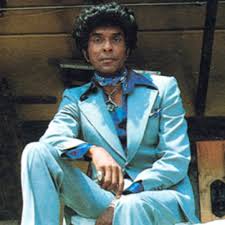
Richard Pryor was a comedian and actor that highlighted and portrayed the African American experience in America. With him being open and willing to communicate controversial issues that African Americans faced in America, he opened the door for more artists of different genres to showcase their experiences through other various talents.


The dance style that we know today as “breakdancing” was born in the 1970’s under the name of breaking. The style is often known as the purest form of hip hop dance due to its roots in the early stages of hip hop music itself. This dance style gained popularity from its appearance in street parties in places such as the Bronx, and Queens.
The style of breakdancing was heavily influenced and popularized by James Brown’s style of dance. In the video above, he is seen doing various movements such as splits, footwork, and jumps which can also be seen in breakdancing as well. People mimicked these moves at home, in parties, and in the streets and it birthed the culture of breaking.
The rise of breaking can also be credited to DJ Kool Herc who was usually the one responsible for playing music at these parties that sparked the need to dance. The carefully selected tunes prompted teens to show off their new dance moves furthering the culture.
While breaking was the overarching name for this style of dance, it was broken down into two types: toprock and uprock. Toprock was oriented in footwork and was done while standing up. Uprock on the other hand was danced with a partner, complex shuffling, and was more aggressive because it was influenced by gangs. Uprock was born in Brooklyn and had slight variations to toprock.
Here are some well known MCs and DJs of 70s Hip Hop. These guys are the ones who set the standard of what Hip Hop is. With DJ Kool Herc who discovered breaks at his sister’s party in the summer of 1973 in which today is known as the first Hip-Hop party. Next we have Grandmaster Flash who discovered turntable wizardry. And lastly Grand Wizard Theodore who discovered the scratching technique on accident by abruptly stopping the record with his hand. In which today is probably the most prominent element of DJing. Another major pioneer of Hip-Hop on this list is definitely Afrika Bambaataa who was a party promoter and organizer of the largest block parties in New York and cultivating a style futurism style of beats by fusing together hip-hop beats with techno-pop. Here’s a playlist of popular 70’s Hip-Hop songs.
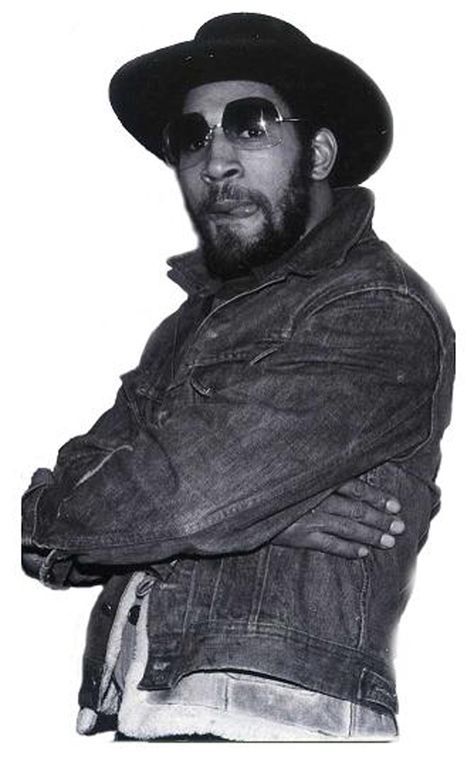

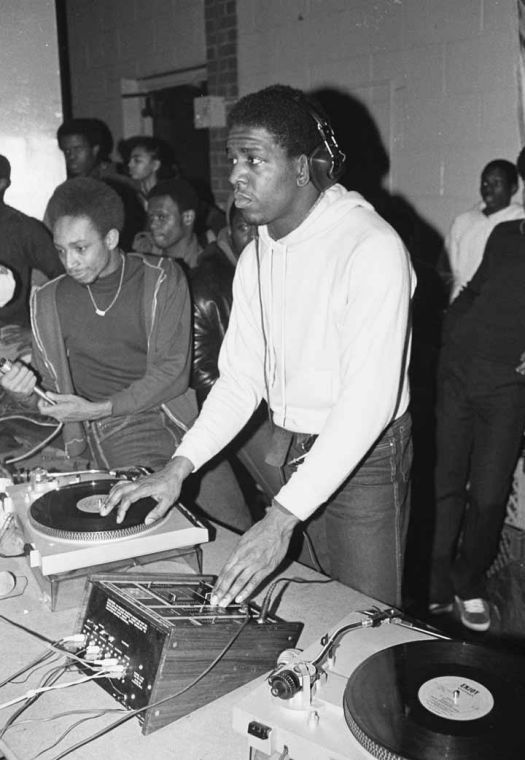
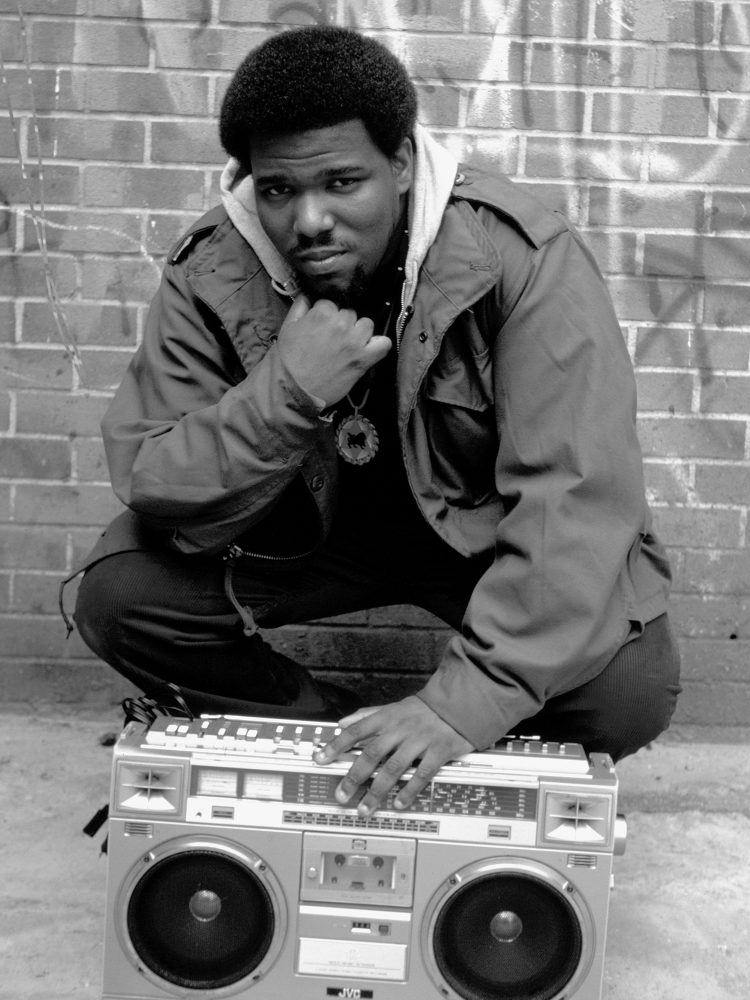
Ashanti Hawkins
The origin of 70s Hip Hop started in the late 1970s in The Bronx Hip and is derived from funk percussion base. In the 70s police brutality and racism was still having a huge affect on the minority communities where segregation had just ended a few years prior by law but the oppression still lived on in their everyday lives. So to escape these sorrows minority teenagers were facing they engaged in block parties where they passed down the knowledge of musical techniques and build connections with each other, they used graffiti to express their political views, had breakdance competitions where they showed off their new choreography, and throw-downs where they roasted each other with sly terms and new slang. Eventually the throwdowns turned into rap battle during the block parties and the participants evolved into MCs such as The Sugarhill gang. DJing was the main element of 70s Hip Hop it brought a live and new feel to the dance floor that excited the party and gave the dance scene a new element to groove with. With new techniques being discovered like scratching, fading, breaking, mixing, sampling and many more DJs were able to produce new styles of beats and rhythms which gave then led to MCs being able to use their words to amplify the feels of these new and improved sounds.
Ashanti Hawkins
Hip-hop artists have continually used their clothing and style as a form of expression complementing the messages behind their music. Hip-hop artists used fashion to express their thoughts on nationality, social value, and region. In the late 1970s, artists tended to dress in flashy attire, wearing tight leather, chest-baring shirts and gloves as part of the rock and disco elements found in their music.
Shortly after, a transition began to unfold within the fashion of hip hop. As an expression of neo-black power, artists rejected high fashion institutes and stuck to designers and labels people in the community were wearing, such as Adidas and Kangol. Typically, hip-hop artists of the time wore tracksuits, bomber jackets, large glasses, Kangol bucket hats, and shell-toe sneakers with oversized laces or no laces at all. Run DMC is credited for changing the identity of hip-hop by moving towards a new look.
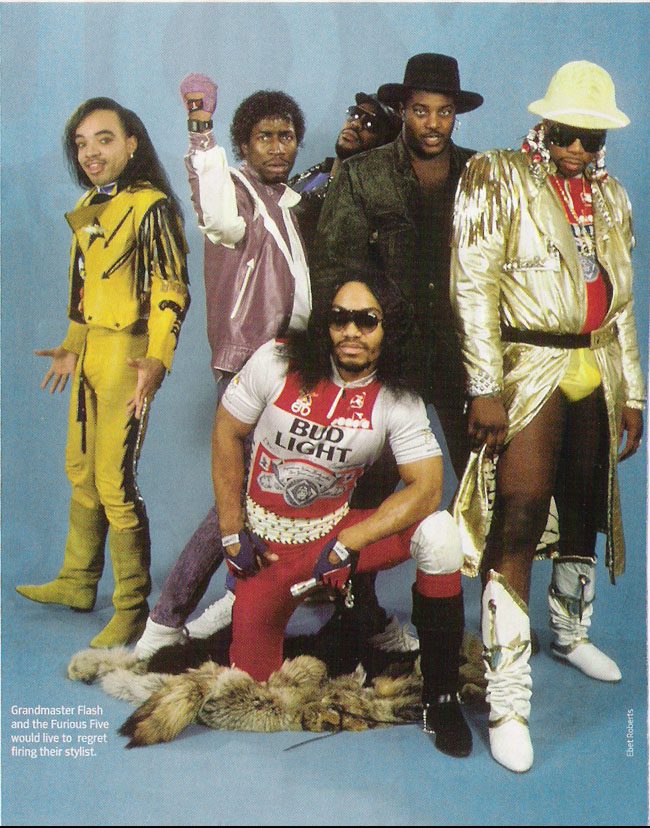
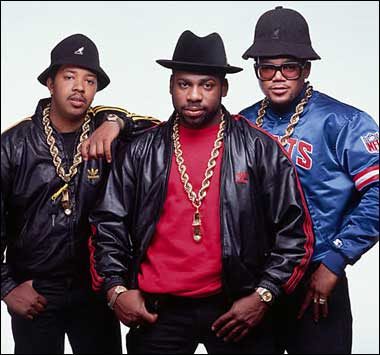

Login to your account